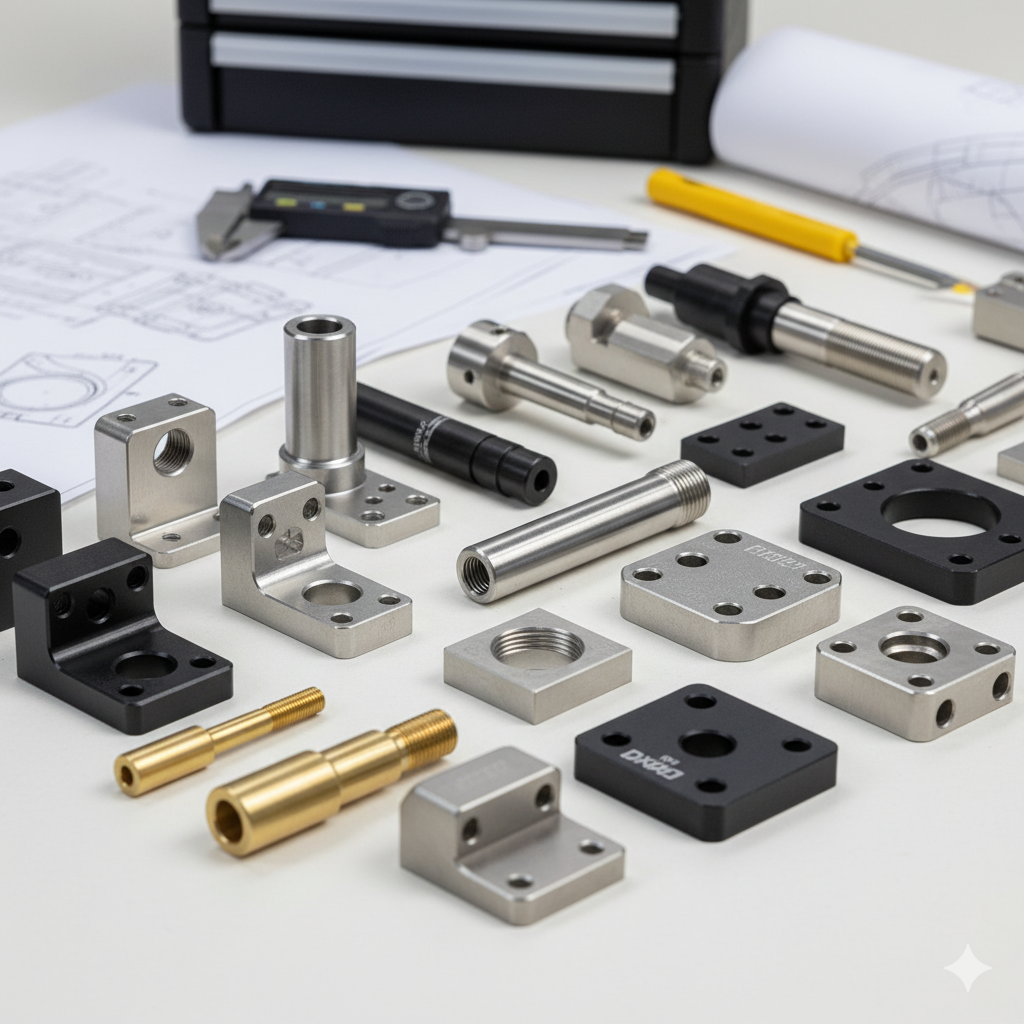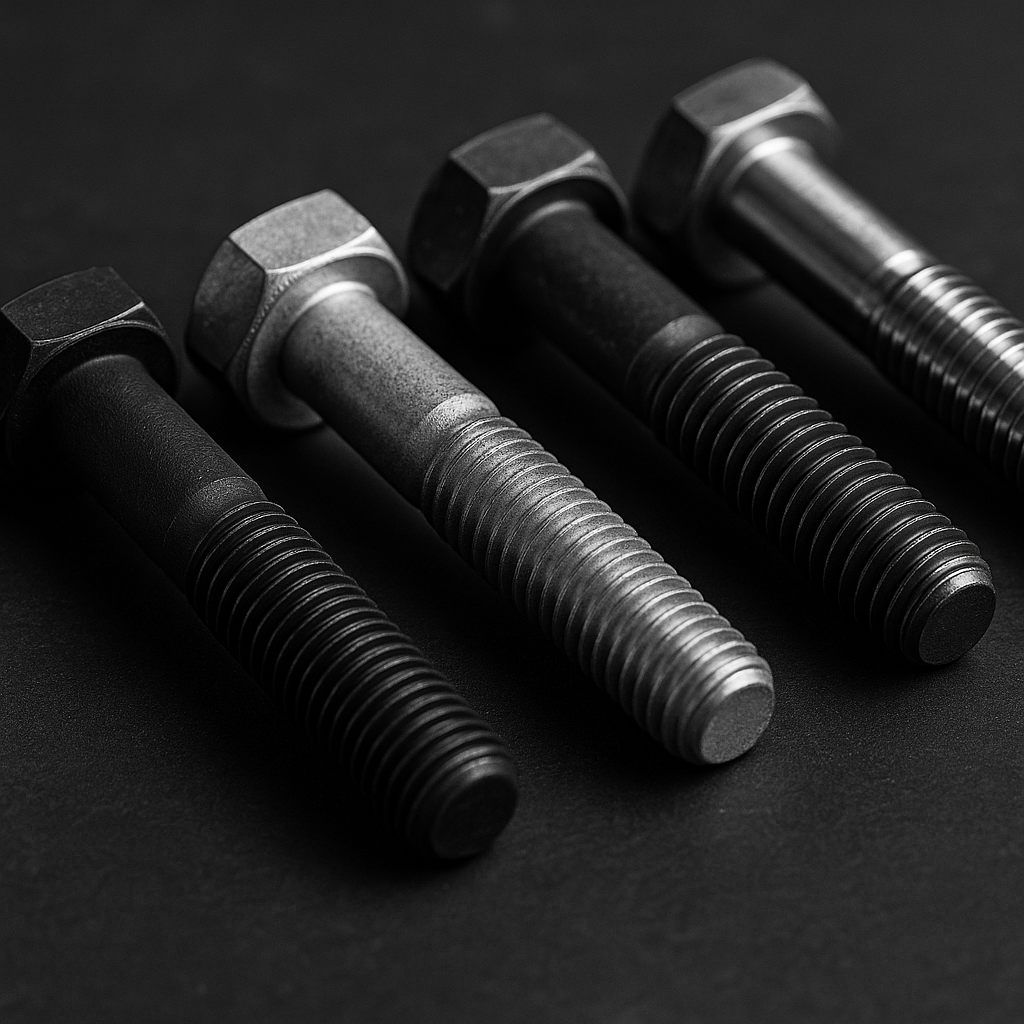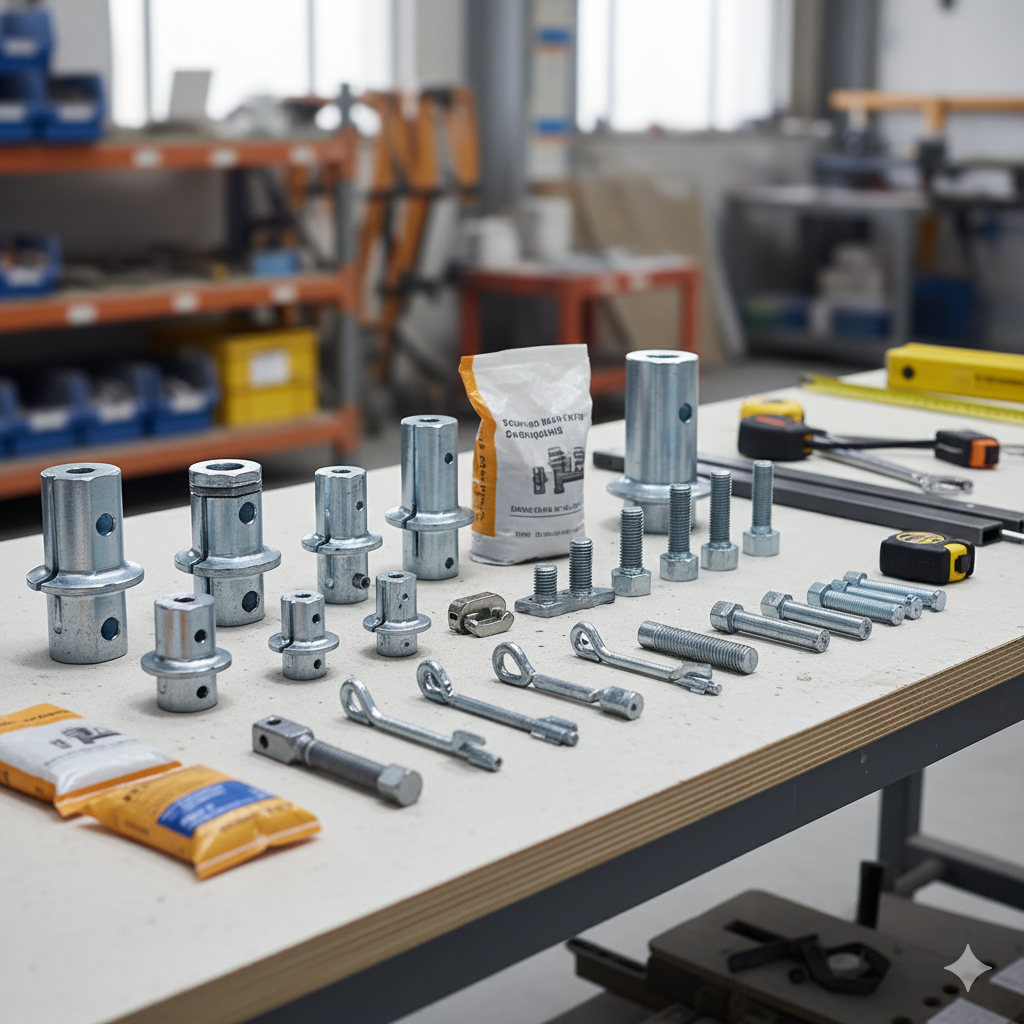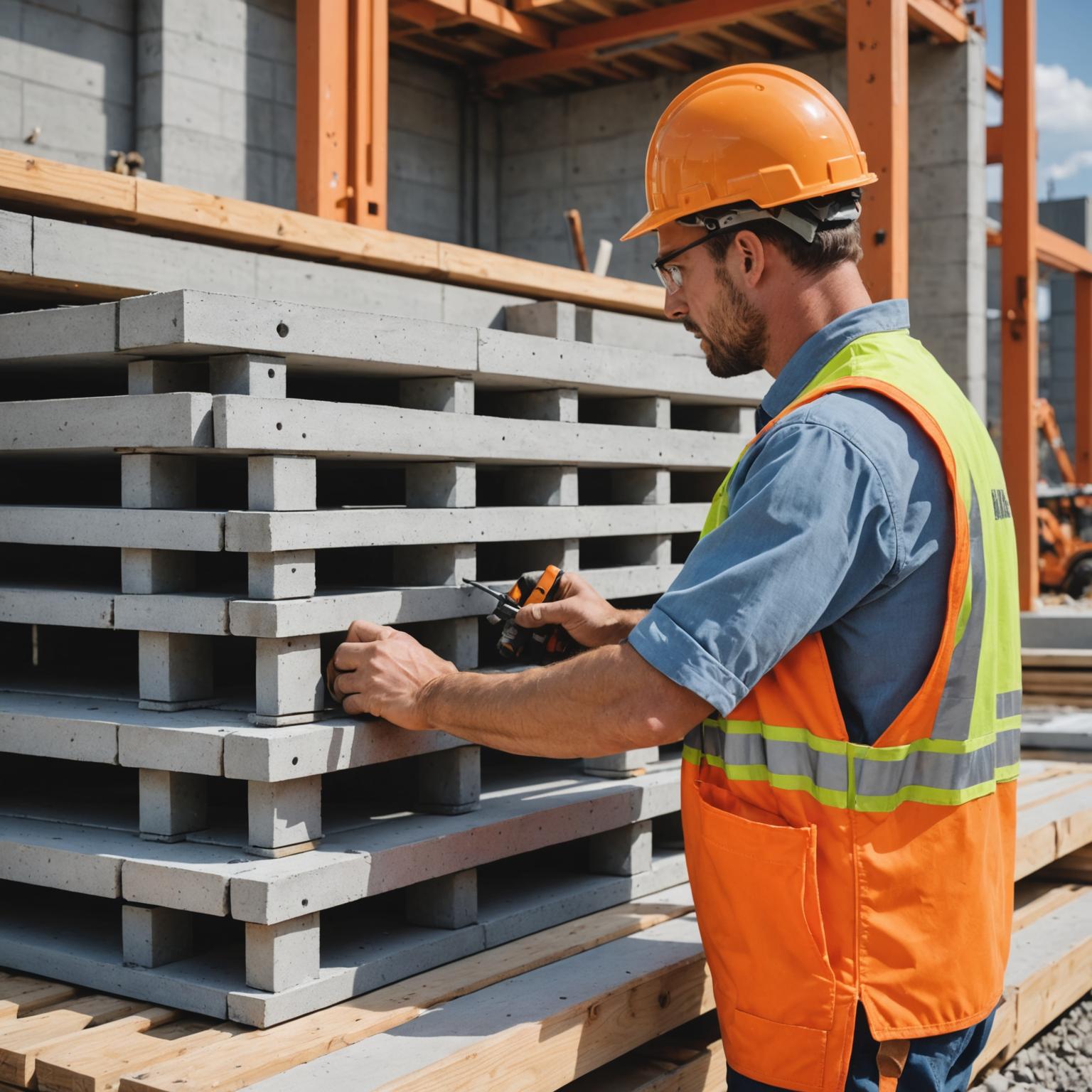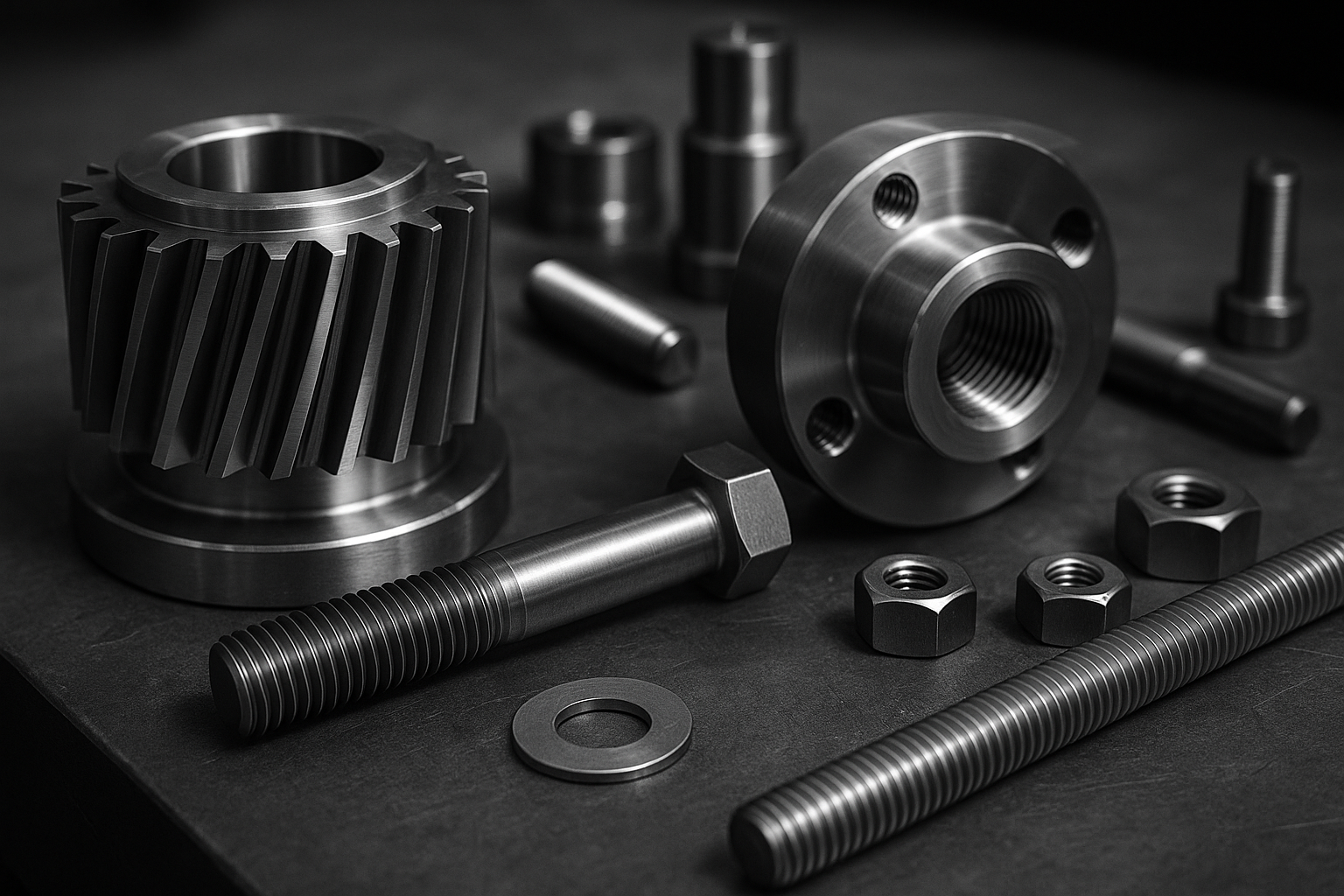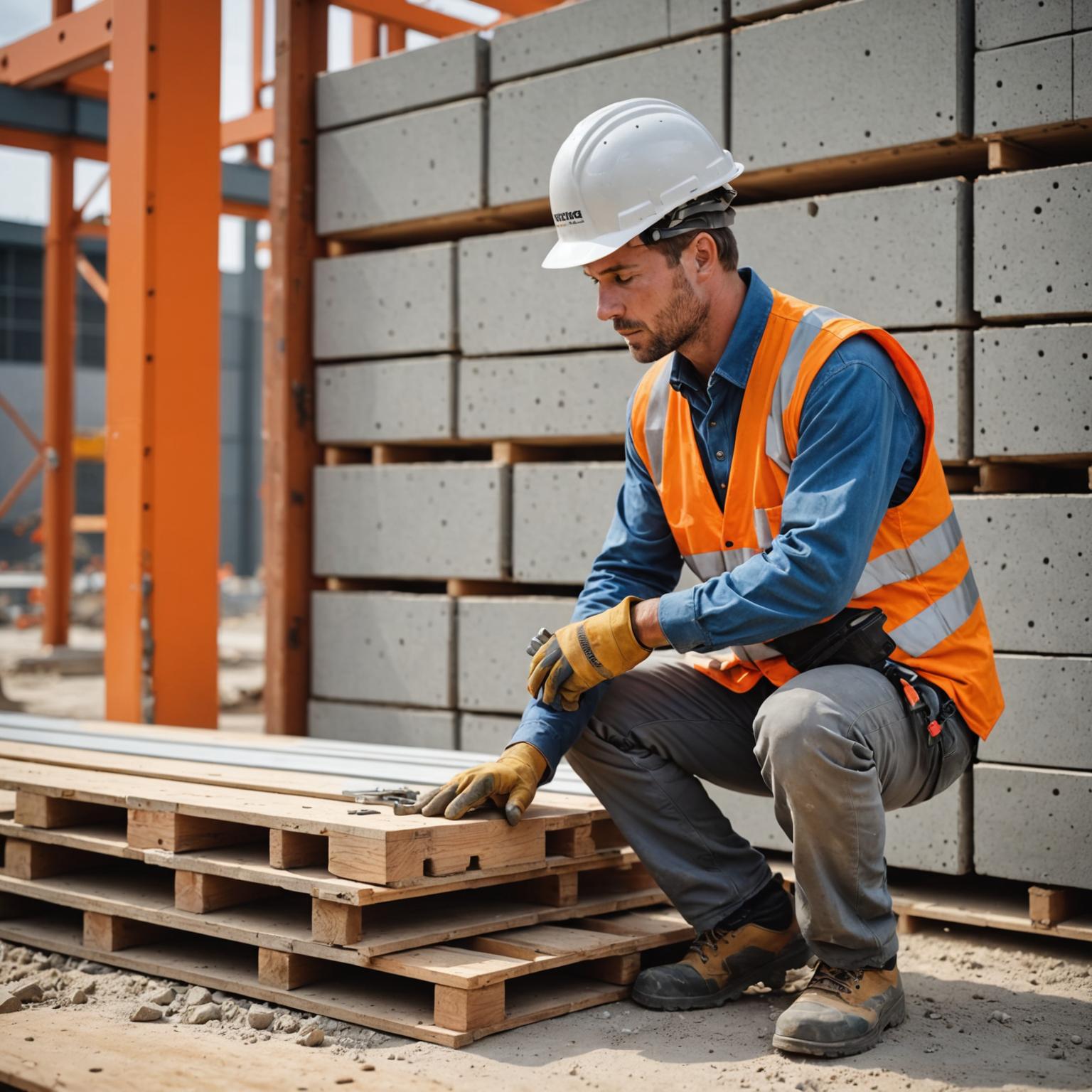
Precision by Design: The Power of Precast Part Customization
The Precision Challenge in Modern Construction
Modern infrastructure projects demand tight tolerances, accelerated timelines, and minimal on-site corrections. Yet traditional precast methods, relying on fixed molds and manual adjustments, often result in dimensional drift and misalignment. These deviations, though small, can lead to long-term maintenance issues and additional labor costs.
Precast part customization bridges this precision gap. By integrating digital modeling, CNC mold fabrication, and structural analysis, it delivers components designed to fit and perform with exceptional accuracy.
Principle: Engineering Logic Behind Customization
Unlike traditional precast manufacturing that emphasizes batch repetition, customized precast parts are built on parametric design and simulation-driven production.
Core technologies include:
-
Building Information Modeling (BIM) for perfect dimensional integration.
-
Finite Element Analysis (FEA) to predict and reinforce stress zones.
-
Adaptive molds capable of producing variable geometries.
-
Digital reinforcement tracking to ensure internal uniformity.
These combined techniques allow every precast unit to act as a precision element, optimized for its exact load path and architectural context.
Technical Comparison: Standard vs. Customized Precast Solutions
| Parameter | Standard Precast Parts | Customized Precast Components |
|---|---|---|
| Design Flexibility | Fixed geometry, limited adaptation | Fully adjustable per design model |
| Tolerance Control | ±3–5 mm | ±0.3 mm CNC precision |
| Reinforcement Layout | Manual placement | Simulated and digitally verified |
| Installation Process | Requires site adjustment | Plug-and-fit precision installation |
| Lifecycle Cost | Higher due to rework | Reduced through design optimization |
The evolution from standardized casting to digital customization is not cosmetic—it’s structural optimization backed by data.
Core Advantages and Long-Term Value
1. Dimensional Accuracy
3D-driven production ensures component alignment accuracy within ±0.3 mm, minimizing cumulative error in large-scale assembly.
2. Durability and Material Optimization
Material selection based on performance simulations—such as galvanized steel inserts and fiber-reinforced concrete—extends product lifespan by up to 40%.
3. Cost and Time Efficiency
Digital customization reduces installation time by 30–50%, while factory precision cuts rework costs and on-site corrections.
4. Versatility Across Applications
Whether used in bridges, high-rise facades, or utility vaults, customized components support unique structural and aesthetic requirements.
5. Global Quality Compliance
All Jingle precast components are produced under EN 13369 and ISO 9001 standards, ensuring international project compatibility.
Application Scenarios: When Customization Redefines Construction
-
Bridge Systems: Reinforced bearing blocks and custom anchor units improve load distribution efficiency.
-
Metro and Tunnel Projects: Curved segment molds align perfectly with tunnel geometry, minimizing grout usage.
-
Architectural Façades: Tailored concrete panels integrate embedded fittings for seamless installation and superior weather resistance.
-
Industrial Foundations: Heavy-duty base modules resist vibration and dynamic stress, supporting long-term stability.
Each use case reflects how precision manufacturing transforms design intent into built reality.
Professional Selection Guidance: Aligning Design with Production Reality
Selecting the right precast customization strategy requires a balanced evaluation of design demands, cost parameters, and production capacity. Below are the key evaluation axes professionals should consider before specification:
-
Structural Compatibility – Define the mechanical and thermal conditions the components must withstand to avoid stress mismatch.
-
Dimensional Priority – For projects with critical alignment (e.g., curtain walls or bridges), prioritize CNC-based mold fabrication.
-
Material Suitability – Match reinforcement and coating systems with environmental exposure—galvanized for coastal areas, epoxy for industrial zones.
-
Tolerance Specification – Clearly define permissible deviations during the design phase to ensure reproducibility.
-
Supplier Verification – Request production drawings, batch inspection data, and testing certifications to confirm quality reliability.
By integrating these considerations early, decision-makers can maximize return on investment while minimizing unforeseen delays.
Expert Perspective: Why Customization Defines the Next Era of Construction
Precast part customization represents more than manufacturing progress—it’s the structural language of future infrastructure. By merging digital engineering, advanced materials, and precision production, it enables architecture that performs as designed, not as approximated.
At Jingle, every customized precast solution is backed by data-driven modeling, ISO-certified production, and international logistics support. Our team collaborates closely with engineers and contractors to ensure seamless fit, reliability, and long-term value.
To explore precision-engineered precast customization for your upcoming projects, visit our homepage or reach out through the contact page for a technical consultation.



